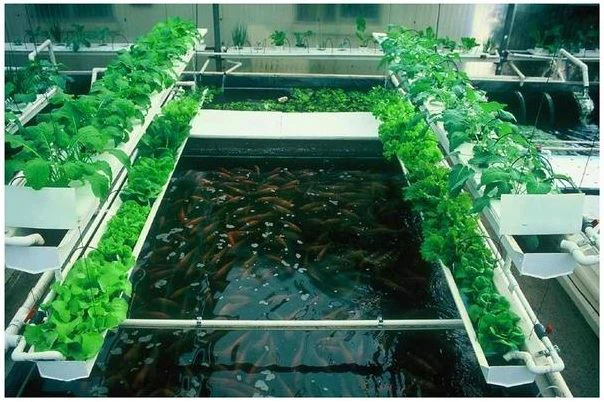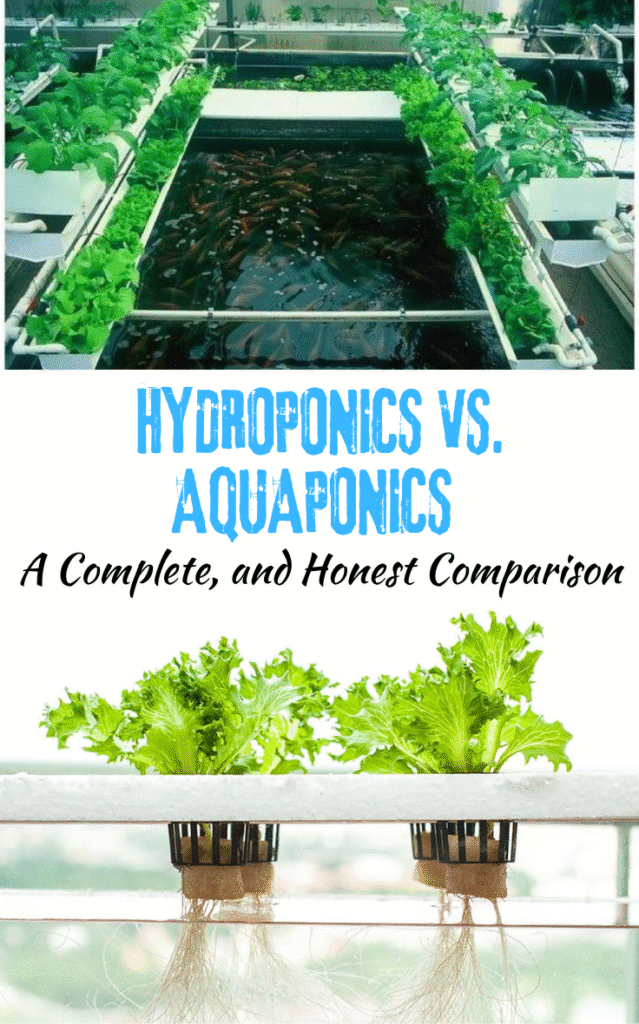
I remember the first time I stood in front of two setups—one humming quietly with nutrient pumps feeding rows of lettuce, the other bubbling with fish swimming beneath a canopy of leafy greens. At first glance, both seemed like futuristic farming magic. But as I soon learned, hydroponics and aquaponics are two very different beasts—each with its own rules, rewards, and quirks.
In this guide, I’m breaking down the differences in plain language, so you’ll have the facts you need to decide which system matches your goals, space, and patience level.
What is Hydroponics?
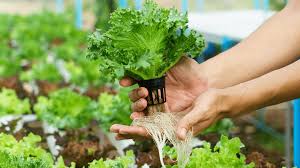
Definition & Basic Concept
Hydroponics is the art (and science) of growing plants without soil. Instead of digging into dirt, roots are suspended in nutrient-rich water. These nutrients are carefully balanced and delivered directly to the plant roots, which means the plants don’t waste energy searching for food—they just grow.
Hydroponics has been around longer than many people think—there’s evidence of soil-less farming techniques going back centuries. But modern hydroponics really took off when technology made it possible to control nutrients, pH, and water flow with precision.
How Hydroponics Works
The heart of a hydroponic system is its nutrient solution—a mix of essential minerals like nitrogen, potassium, and calcium dissolved in water. Plants sit in a growing medium (like perlite, coco coir, or clay pebbles) or float directly in the nutrient bath. Systems can be as simple as a static bucket or as sophisticated as fully automated commercial greenhouses.
Common types include:
- Nutrient Film Technique (NFT) – Thin streams of nutrient water flow past plant roots.
- Deep Water Culture (DWC) – Roots dangle directly into oxygenated nutrient water.
- Aeroponics – Roots hang in the air and are misted with nutrients.
- Wick Systems – Simple capillary action draws nutrients to roots.
Crops That Thrive in Hydroponics
Lettuce, spinach, basil, cilantro, mint, strawberries, and even tomatoes love hydroponics. Essentially, if it doesn’t need deep soil and grows fast, it’s a good candidate.
What is Aquaponics?
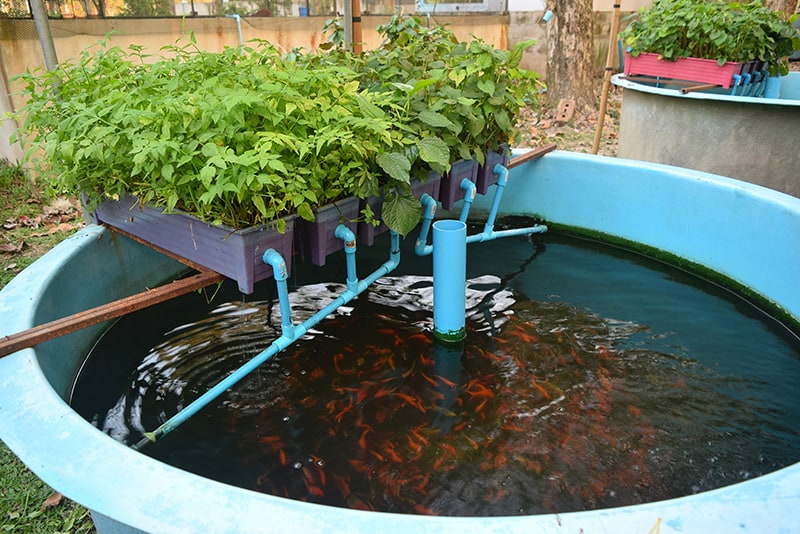
Definition & Basic Concept
Aquaponics marries two worlds: aquaculture (raising fish) and hydroponics. It’s a symbiotic system—fish produce waste, beneficial bacteria break that waste down into nutrients, and plants absorb those nutrients, effectively cleaning the water for the fish.
How Aquaponics Works
An aquaponics setup is a living ecosystem. Here’s the cycle:
- Fish produce ammonia through waste.
- Beneficial bacteria in the system convert ammonia to nitrites, then nitrates.
- Plants absorb nitrates as food.
- Clean water flows back to the fish tanks.
Typical designs include:
- Media Beds – Gravel or clay pellets that filter solids and house bacteria.
- Deep Water Culture – Plants float on rafts over nutrient-rich fish water.
- Vertical Towers – Water pumped up and trickled down through stacked planters.
Common Crops & Fish
Leafy greens like kale, lettuce, and bok choy are aquaponics superstars. Herbs like basil and parsley also thrive. On the fish side, tilapia is the most popular due to its tolerance for varying water conditions. Trout, catfish, and ornamental koi are also common choices.
Hydroponics vs. Aquaponics: Side-by-Side Comparison
A. Setup Cost
- Hydroponics – Often cheaper to start. You can get a basic home kit for under $100, though commercial systems run into thousands.
- Aquaponics – Generally more expensive upfront because you need tanks, pumps, filters, and fish stock.
B. Nutrient Source
- Hydroponics – Uses pre-mixed nutrient salts. You control exactly what plants receive.
- Aquaponics – Relies on fish waste and natural bacteria cycles—more organic but harder to fine-tune instantly.
C. Maintenance Requirements
- Hydroponics – Monitor pH and nutrient concentrations weekly or even daily.
- Aquaponics – Do the same, plus keep fish healthy, manage feeding, and prevent water quality issues.
D. Sustainability & Eco-Friendliness
- Hydroponics – Saves water compared to soil farming but depends on manufactured nutrients.
- Aquaponics – Nearly closed-loop, reusing water continuously with minimal external inputs.
E. Learning Curve
- Hydroponics – Easier to learn for beginners; fewer moving parts.
- Aquaponics – Higher complexity; you’re essentially running an aquatic farm and a garden at once.
F. Speed of Growth
- Hydroponics – Often faster because plants get precise nutrients from day one.
- Aquaponics – Slower start while bacteria colonies establish, then growth matches hydroponics.
G. Water Usage
- Both systems use far less water than soil farming, but aquaponics recycles water even more efficiently.
H. Potential Risks & Challenges
- Hydroponics – Pump failure can kill plants quickly; nutrient imbalance can stunt growth.
- Aquaponics – Fish disease, ammonia spikes, and filter clogs can throw the entire system off balance.
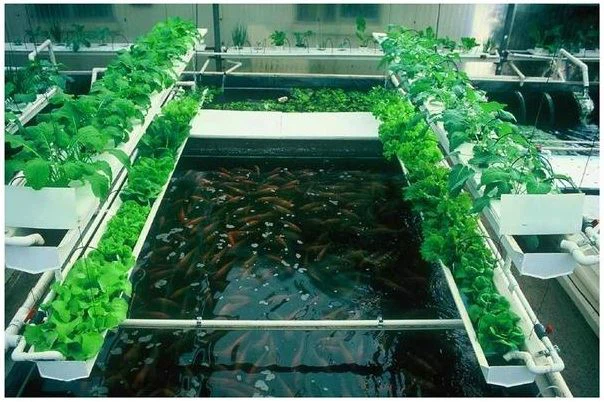
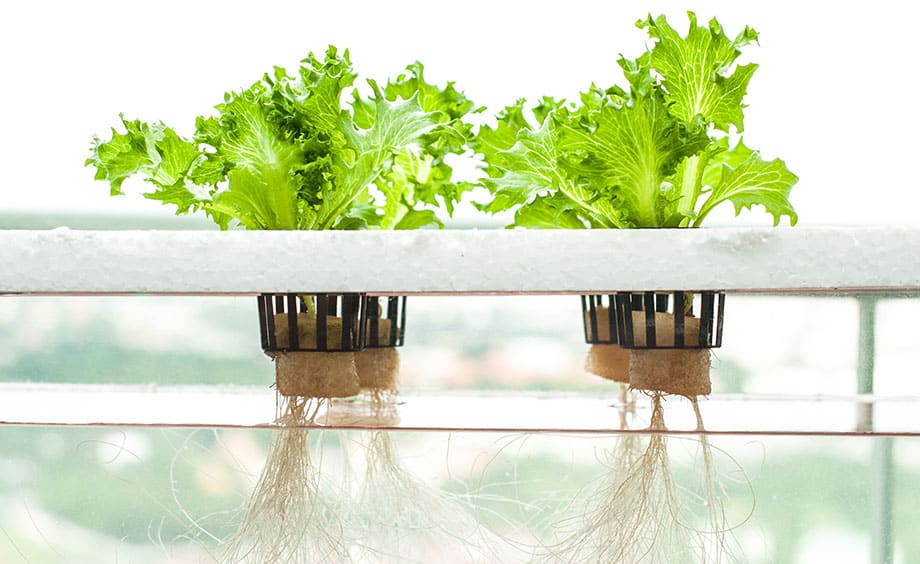
Pros and Cons Summary Table
| Feature | Hydroponics | Aquaponics |
| Setup Cost | Lower | Higher |
| Nutrient Source | Synthetic | Fish waste (natural) |
| Maintenance | pH & nutrients | pH, nutrients, fish health |
| Eco-Friendliness | Moderate | High |
| Learning Curve | Easier | Steeper |
| Growth Speed | Faster start | Slower start, catches up |
| Water Use | Low | Very low |
| Risks | Pump failure, algae | Fish disease, ammonia spikes |
Which One Should You Choose?
Choose Hydroponics if:
- You want quick setup and rapid plant growth.
- You’re only interested in plants, not fish.
- You have limited time for daily maintenance.
Choose Aquaponics if:
- You’re drawn to sustainable, eco-friendly farming.
- You like the idea of producing both plants and fish.
- You’re patient and willing to manage a more complex system.
Cost & Profitability for Commercial Growers
Commercial hydroponics is often more predictable—yields and nutrient costs are easy to calculate. Aquaponics can bring in extra revenue from fish sales, but fish markets are competitive, and managing two products can be a juggling act. That said, aquaponics often wins points in the “green farming” category, which can attract eco-conscious buyers.
Final Verdict
Hydroponics and aquaponics aren’t competing technologies—they’re different answers to the same question: How can we grow more food using less land and water?
Hydroponics is like a high-performance sports car—fast, sleek, and predictable once you learn the controls. Aquaponics is more like a self-sustaining ecosystem—beautifully balanced when it works, but needing a skilled hand to keep it that way.
If you’re on the fence, start with hydroponics to learn the basics of soil-less growing. Once you’ve mastered that, aquaponics could be the next adventure—one that rewards you with fresh greens and fresh fish from your own backyard or greenhouse.

